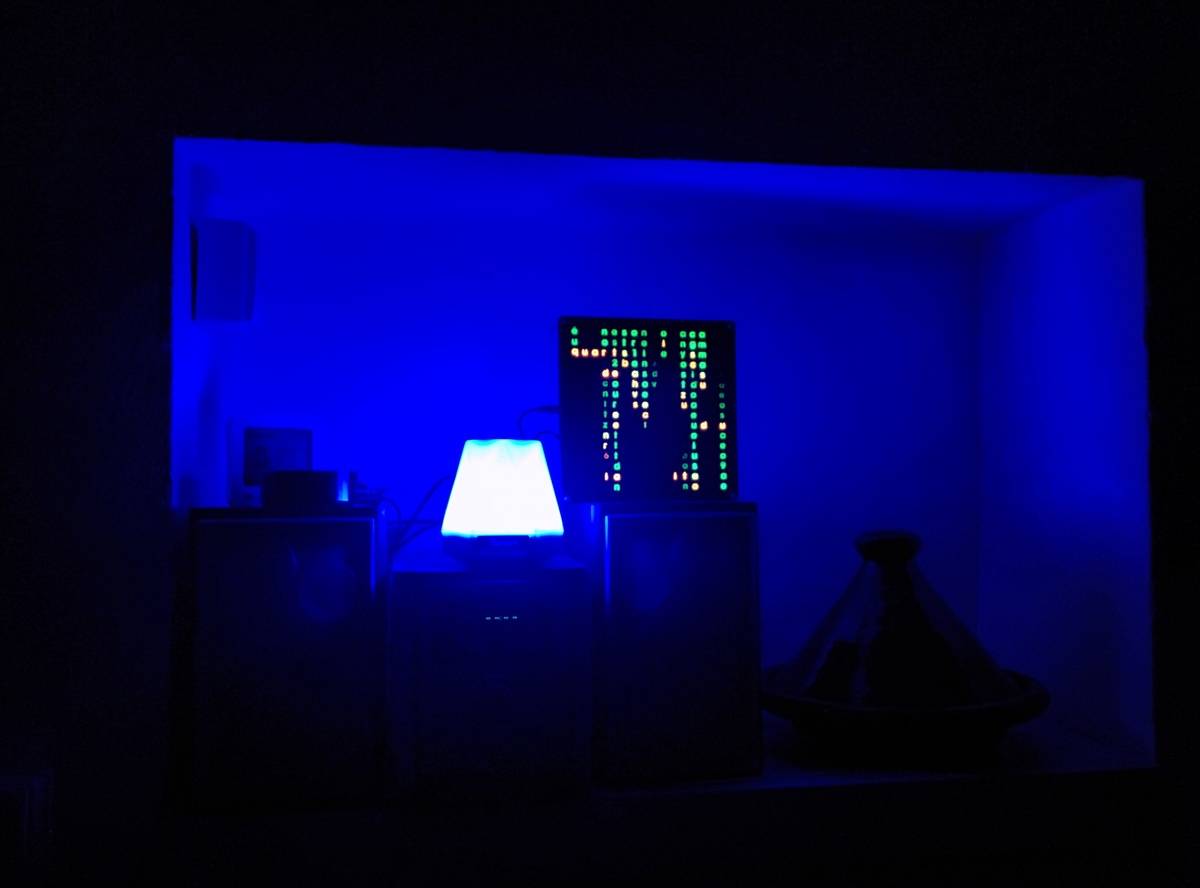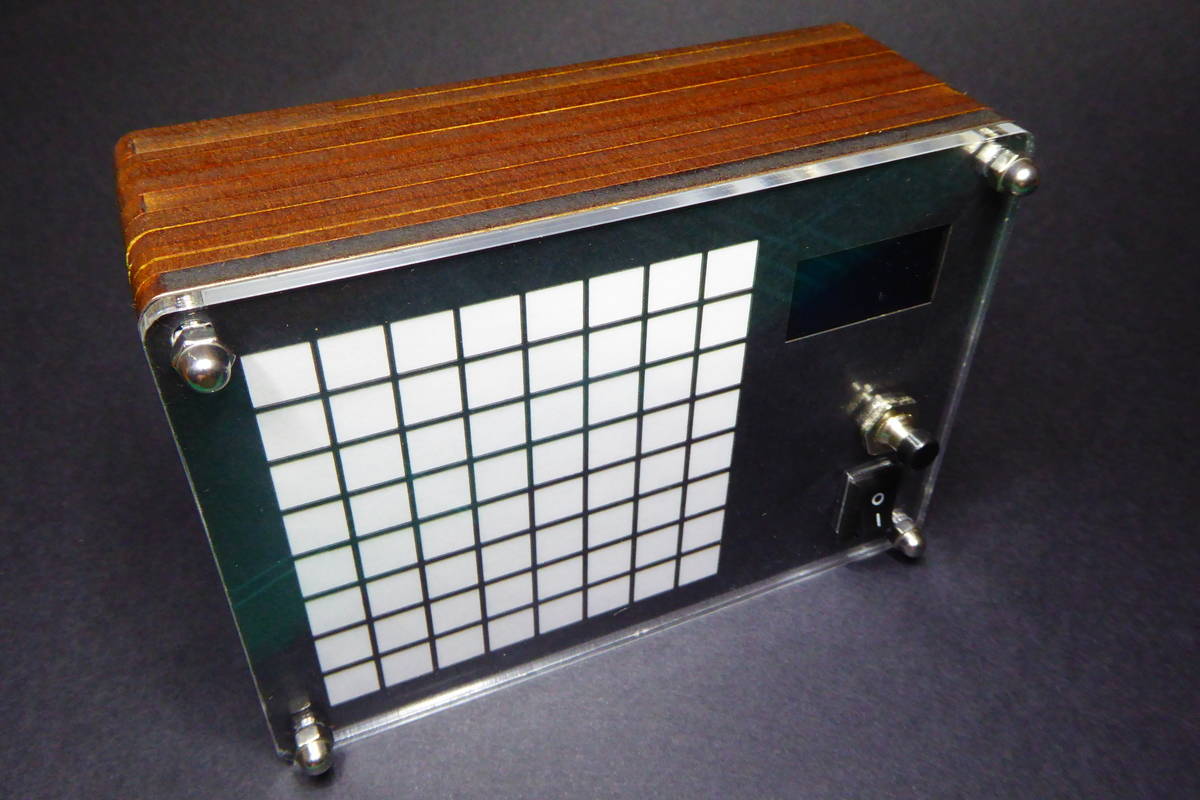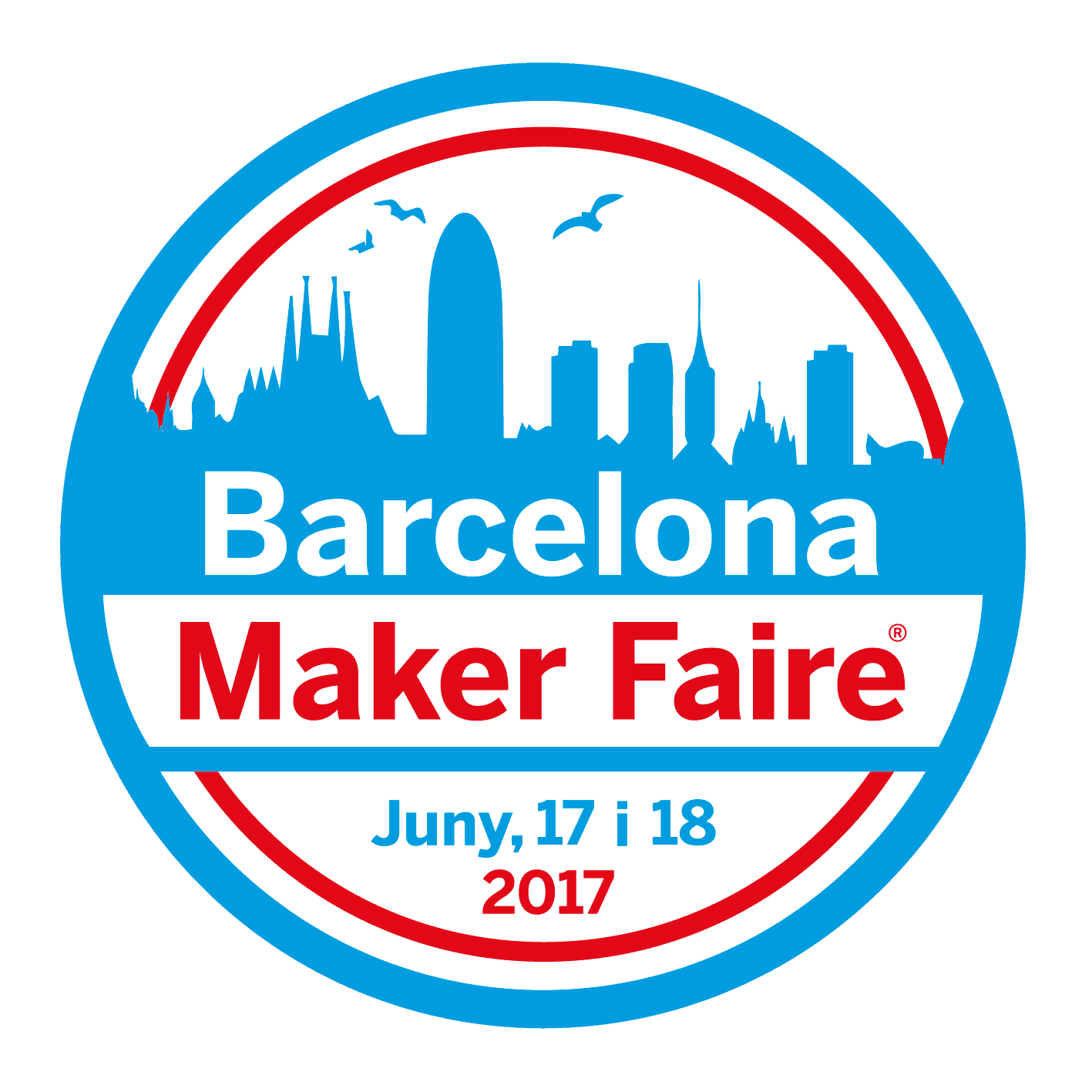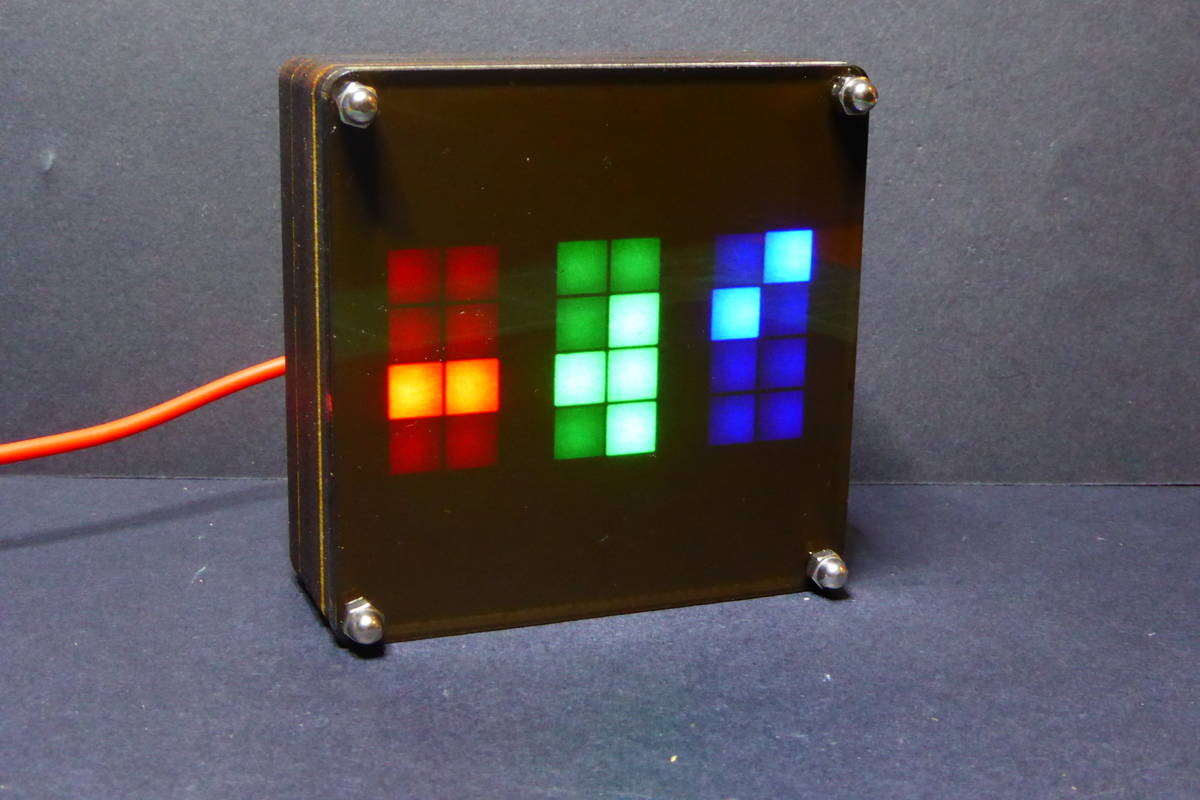
Hacking the Sonoff RF Bridge 433
Itead Studio has been releasing interesting gadgets for the Home Automation community based on a low price tag and extreme hackability. You can google “sonoff” (the main brand for Itead Studio home automation devices) to get more than a million hits, including official pages, reviews and lots of hacks. The ubiquitous ESP8266 (or its sibling ESP8285) is the core of all those devices, using WiFi instead of the traditional RF messages, replacing a remote with mobile apps or voice commands....

Using Google Assistant to control your ESP8266 devices
In my last post I tried to explain how to access your IoT devices at home from the Internet in a secure way using a reverse proxy. Truth is that I had it running since maybe 6 months ago without giving it too much use until recently. Reason? My Nexus 5 had been having serious problems (battery not charging, screen broken, earpiece not working,…) and I decided to replace it with a new mobile phone and the new one has Google Assistant built in....
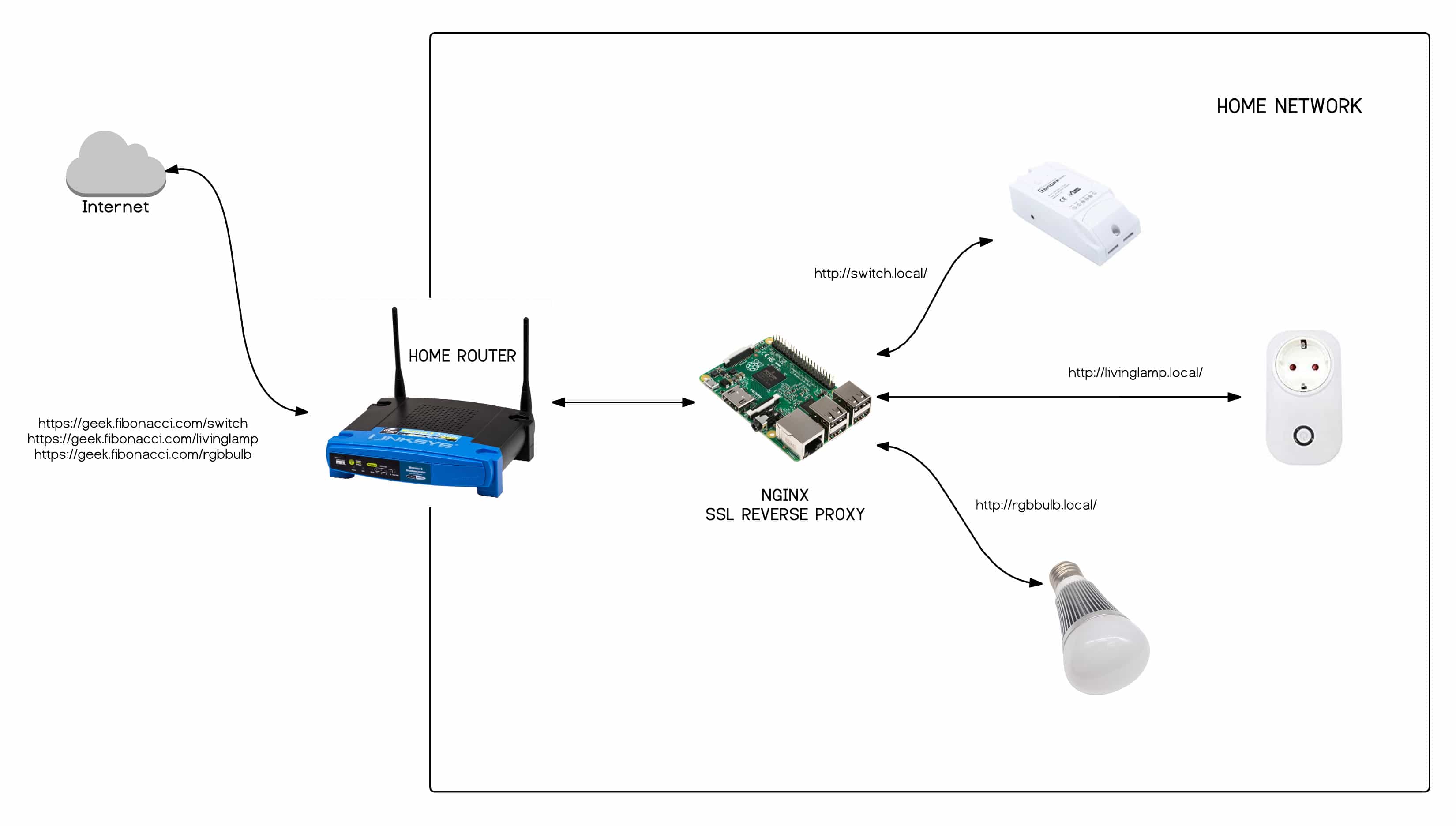
Secure remote access to your IoT devices
When you are hacking with IoT devices at home you get to face the challenge of accessing remotely to them, that is from outside your home network. I'm not saying your home network is a safe place, beware. But that thing outside, you know, “the Internet”, it's so scary… Unfortunately, most IoT devices are just not ready for the jungle. Neither the commercial ones, nor the hacked ones you might have....

Embed your website in your ESP8266 firmware image
A few months ago I wrote about the process I was using to optimize my website files for SPIFFS prior to upload them to the ESP8266. The goal was to reduce the number and size of the files to help the microcontroller to cope with them in an easier way. Smaller size mean faster downloads and less files mean less concurrency.
The process is done using Gulp, a tool to automate processes, and defined in a javascript file....
![]()
Itead Studio Sonoff SC Revisited
A few months ago I wrote about the Sonoff SC sensor hub by Itead Studio. It's a device with a Sharp GP2Y1010AU0F [Aliexpress] dust sensor, a DHT11 humidity and temperature sensor, an LDR as light sensor and a mic. The sensors are driven by an ATMega328P microcontroller but there is also an ESP8266 on board for WiFi communication, a pretty standard set up when you have several sensors and the ESP8266 GPIOs are just not enough....
![]()
Solr: digital wrist watch
15 months ago. This is when I started working on this project. The Solr digital wrist watch is a clock that won’t work without a battery but it will neither work without sun. Even more: the vintage display is really cool but it’s hard to read outdoors. A complete nonsense. It is almost a joke and some might easily file it under the “useless projects” label.
But it's still quite useful....
![]()
Grid-eye camera (sliced, of course)
Tindie is a great place to find uncommon electronic components or weird/interesting boards. I use to stroll around it's products to basically see what's new. It's like Kickstarted but for real. One such uncommon and new electronic components is the Panasonic's Grid_EYE AMG88 [datasheet, pdf] infrared sensor. And I first learn about it through Peasky Products breakout board at Tindie.
And if you have been reading me lately you might know I'm going through my own LED fever....
![]()
A closer look at the H801 LED WiFi Controller
Some weeks ago I talked about the Magic Home LED Controller as I was adding support for it in my ESPurna firmware. At the time a user pointed me to the H801 Led WiFi Controller by Huacanxing. The user in question (Minh Phuong Ly) even did a pull request with some preliminary support for it. So I decided to give it a go.
The H801 is a 5 channels controller that you can find for about 9-10€ at Ebay or Aliexpress....
![]()
Maker Faire Barcelona 2017
I'm having some busy weeks again and the blog is suffering from my absence :) I had a bunch of comments to accept (please remember all comments are being moderated). And even more projects pending (including a new version of the ESPurna firmware). But I just wanted to let you know that I will be at the Barcelona Maker Faire next June 17 & 18.
Hope to see you there, it will be fun for sure!...
![]()
Slices of a clock
There are so many ways to tell the time. DIYers have been doing clocks since the Ancient Egypt (obelisks lacked portability, thou). Every modern maker has a clock amongst her first projects. I have done some myself, including a fibonacci clock, a wordclock with a fancy green matrix effect and an unreleased project that hopefully will see the light someday soon.
But recently I came back to the idea behind the wordclock before, to extend it in different ways:...




